

We may earn revenue from the products available on this page and participate in affiliate programs. Learn More ›
Home Advice You Can Trust
Tips, tricks & ideas for a better home and yard, delivered to your inbox daily.
When It Rains, It Pools
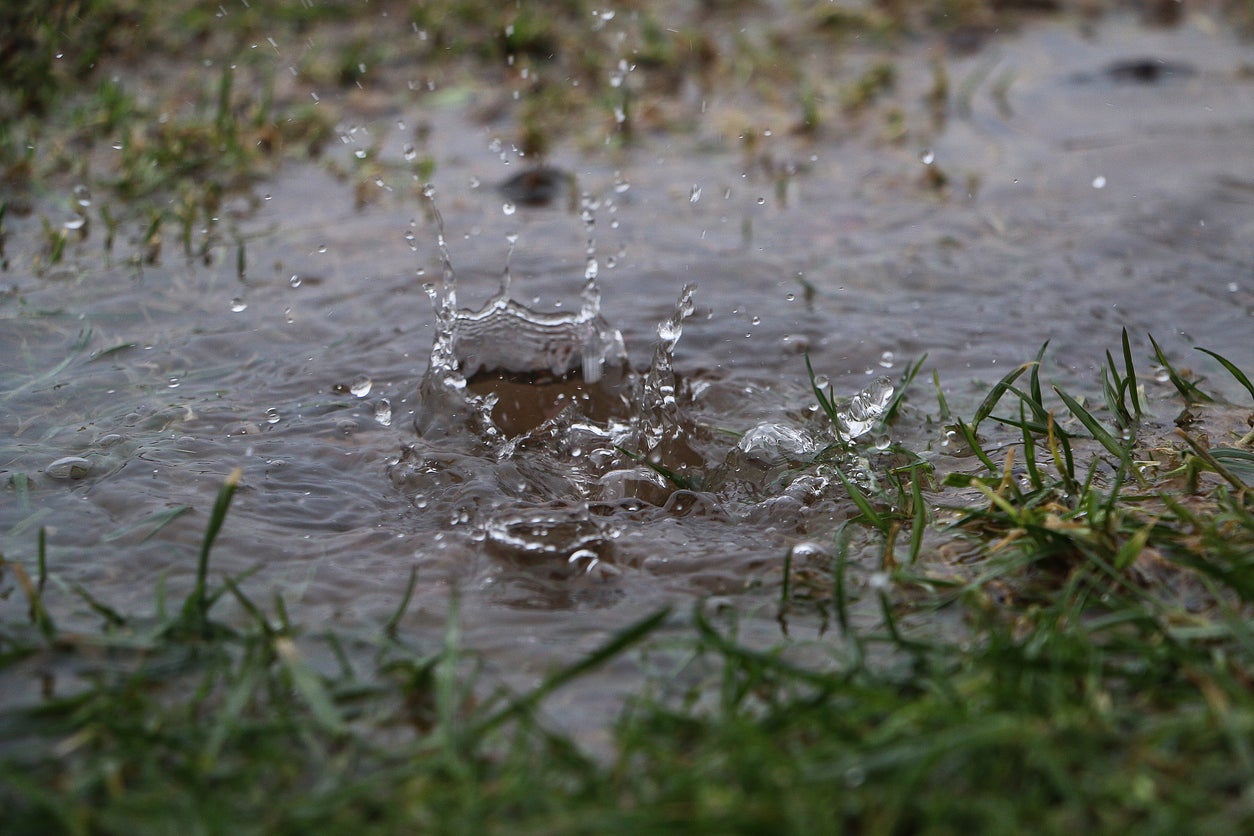
If you live in a wet climate, take advantage of that swampy place in your yard where excess rainwater collects to construct a rain garden for native plants or water-loving imports. By doing that, you can support pollinators while controlling runoff and concealing your eyesore puddle.
Of course, you should keep such a bog at least 10 feet from your house and away from a septic system and underground utility lines. You’ll also need a berm on the low side to hold the H2O in. Then you’ll want to plant wildflower species that can tolerate a little standing water occasionally, such as the following.
Blue flag iris (Iris versicolor)
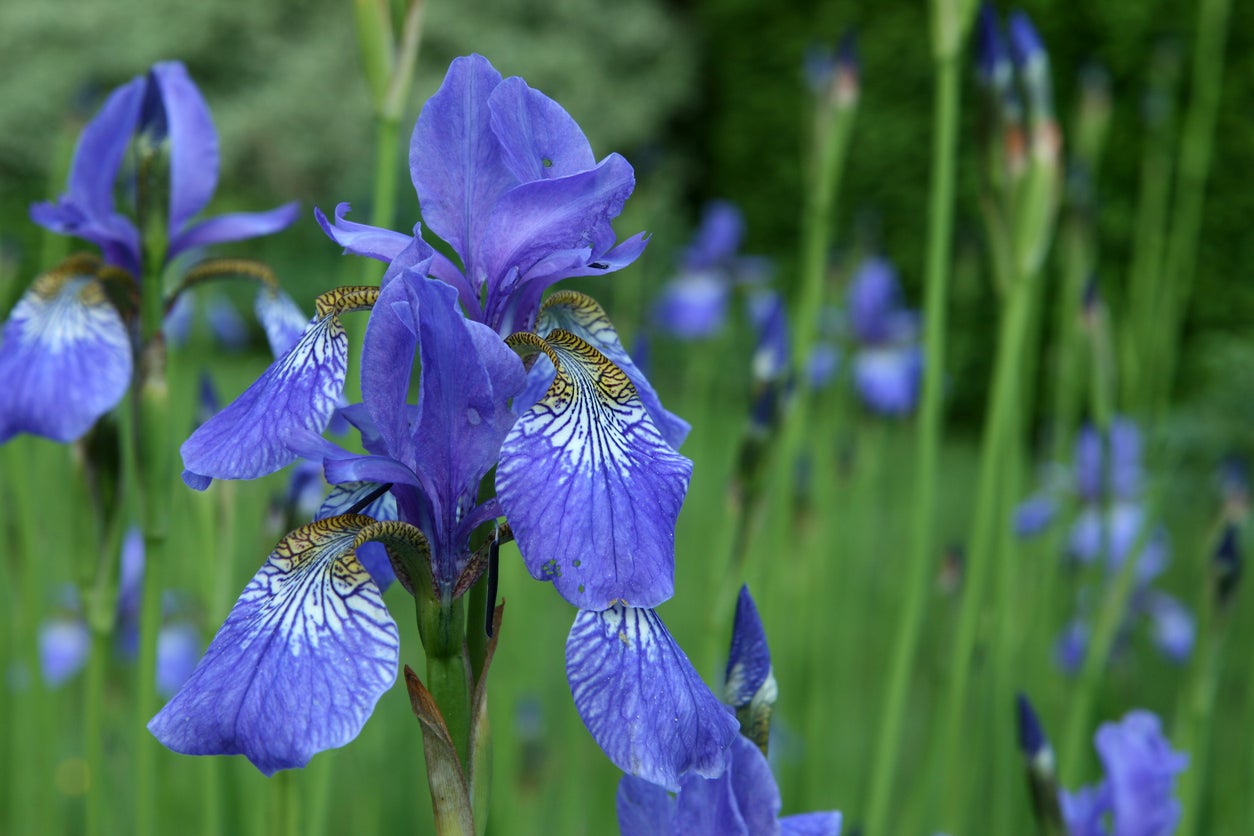
This iris flies its 4-inch blue-purple flags in late spring and early summer in USDA zones 3 through 9, with sword-shaped foliage that grows to 2 feet and sends up 30-inch flower stalks. Once that foliage begins to flag after frosts, you can cut it back to 1 inch above the rhizomes, keeping in mind that those are toxic.
Cardinal flower (Lobelia cardinalis)
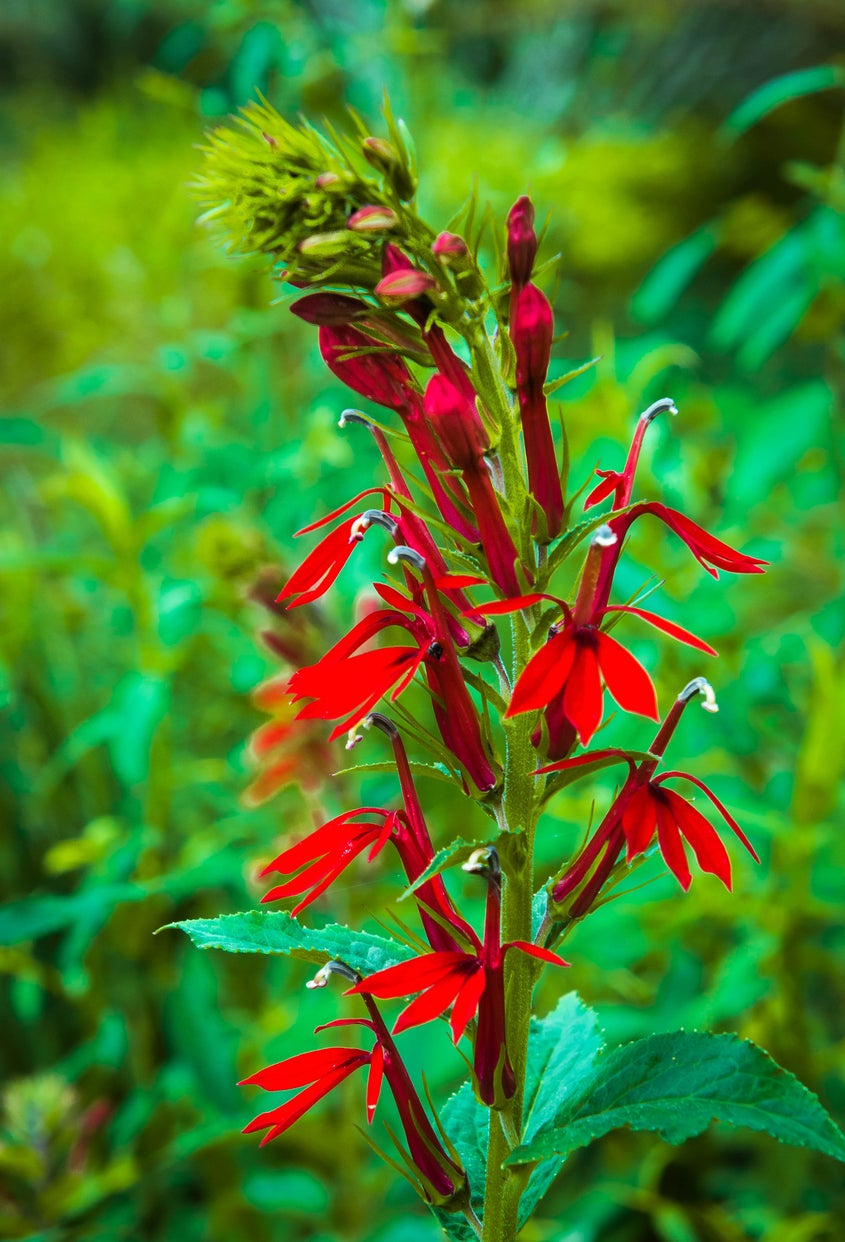
As red as the robes of Roman Catholic cardinals or as the birds of the same name, cardinal flower grows to about 3 feet high in USDA zones 3 through 9, its stalks of 1-inch scarlet blooms generally appearing from mid-summer through early autumn. Offering a red carpet—er, red cardinal—welcome to hummingbirds, the flowers are available in white and pink as well.
Ditch Lily (Hemerocallis fulva)
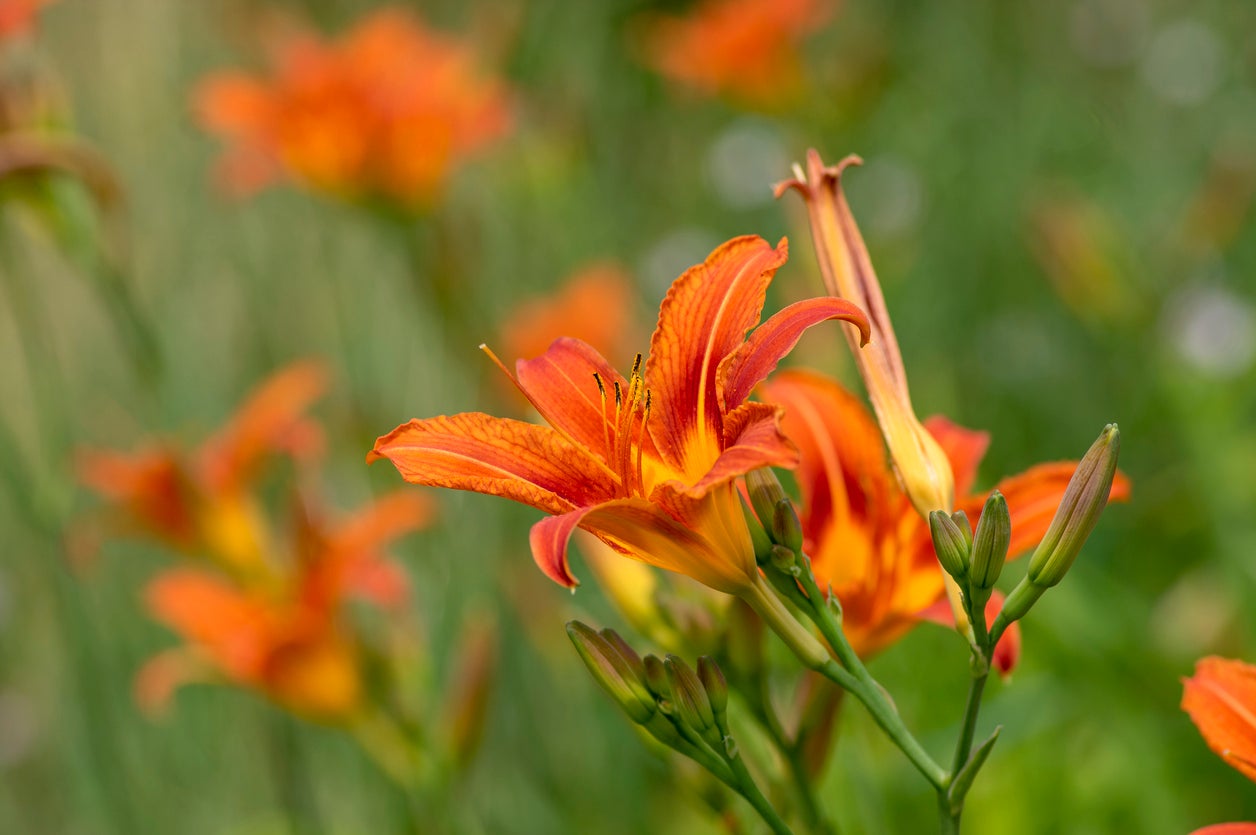
There’s a reason this now wild daylily, which actually originated in China, often is called ditch lily. Its vigorous plants seem able to tolerate the soggy conditions in those roadside trenches with equanimity. Though ditchwater might be dull, plants often growing in it definitely aren’t. The foliage of these plants can reach 2 feet with 3 to 4 feet stalks that flourish 5-inch brassy orange trumpets in USDA zones 3 through 8. Vigorous enough to sometimes be invasive, ditch lily can be toxic to cats.
Japanese primrose and Tibetan primrose (Primula japonica and Primula florindae)
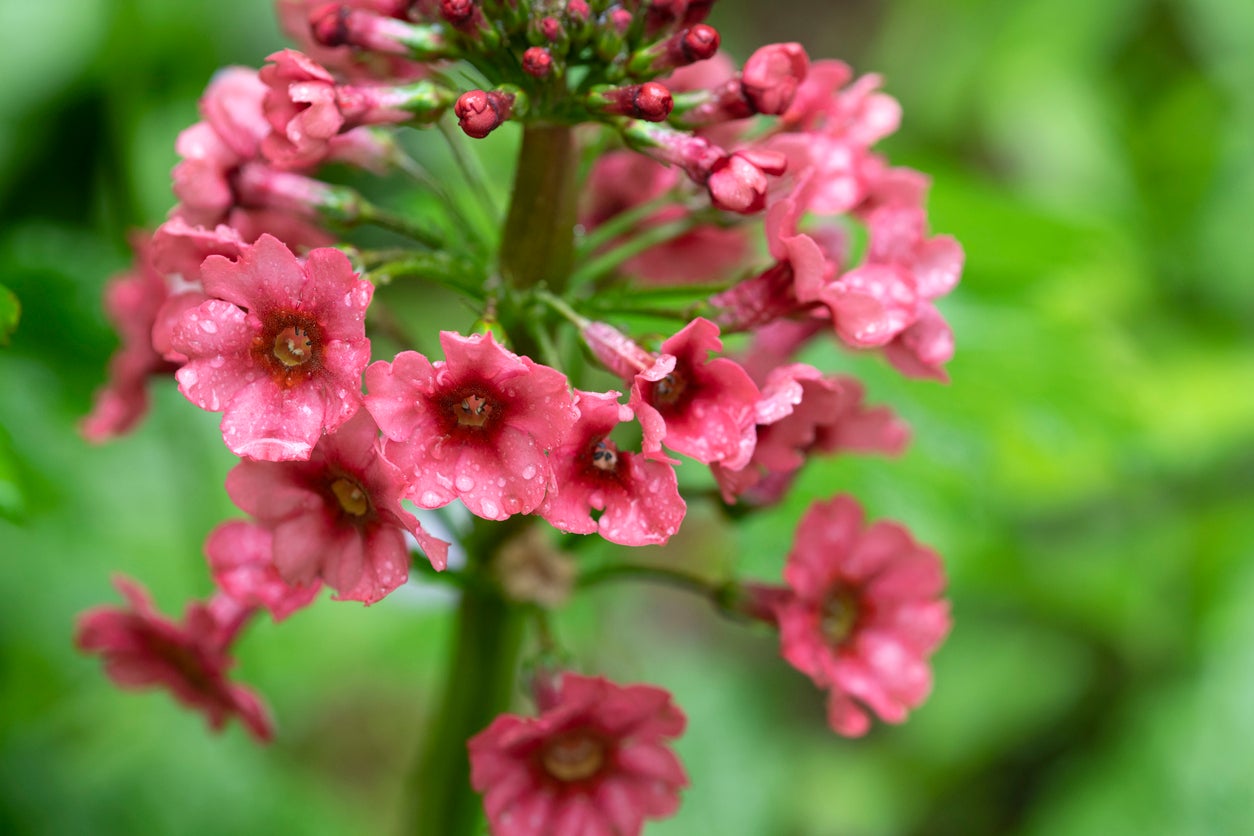
Although not all primroses tolerate running water, these two don’t mind standing “ankle-deep” in it. The Japanese type (USDA zones 4 to 8) grows to 2½ feet high and the Tibetan type (USDA zones 3 to 9) to 3 feet. They both flower later than their kin, producing their umbels of blooms in late spring or early summer. The Japanese type probably will stop flowering then, but the highly fragrant Tibetan variety can carry on for most of the summer.
Marsh marigold (Caltha palustris)
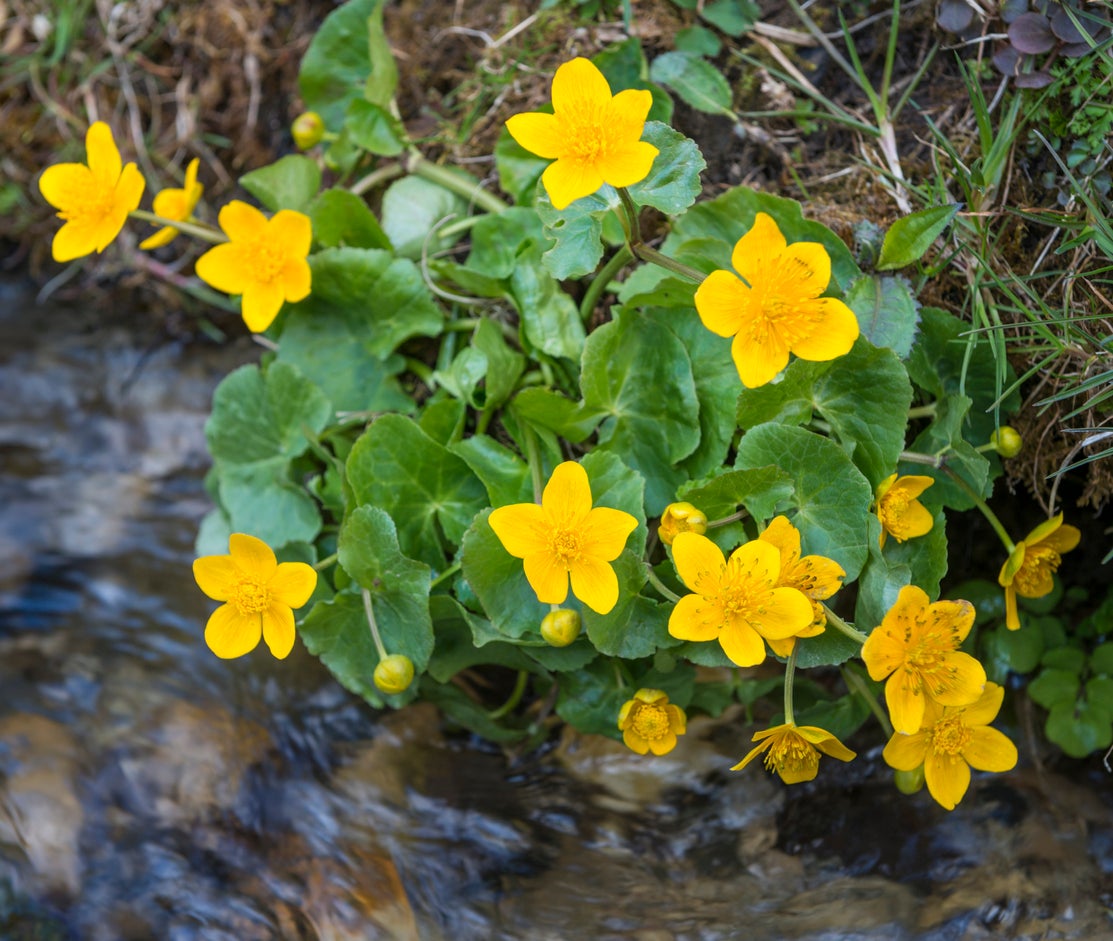
A mound of sunshine, the marsh marigold grows to 18 inches in USDA zones 3 through 7, with kidney-shaped leaves and glossy, 1- to 2-inch buttercup-like flowers in mid-spring through early summer. It is not related to the actual marigold, nor to the primrose, even though another of its common names is cowslip. Don’t fret if the plant dies down to its rhizomes during summer, since it should emerge again, bright and cheerful, the following spring.
Meadowsweet (Filipendula ulmaria)
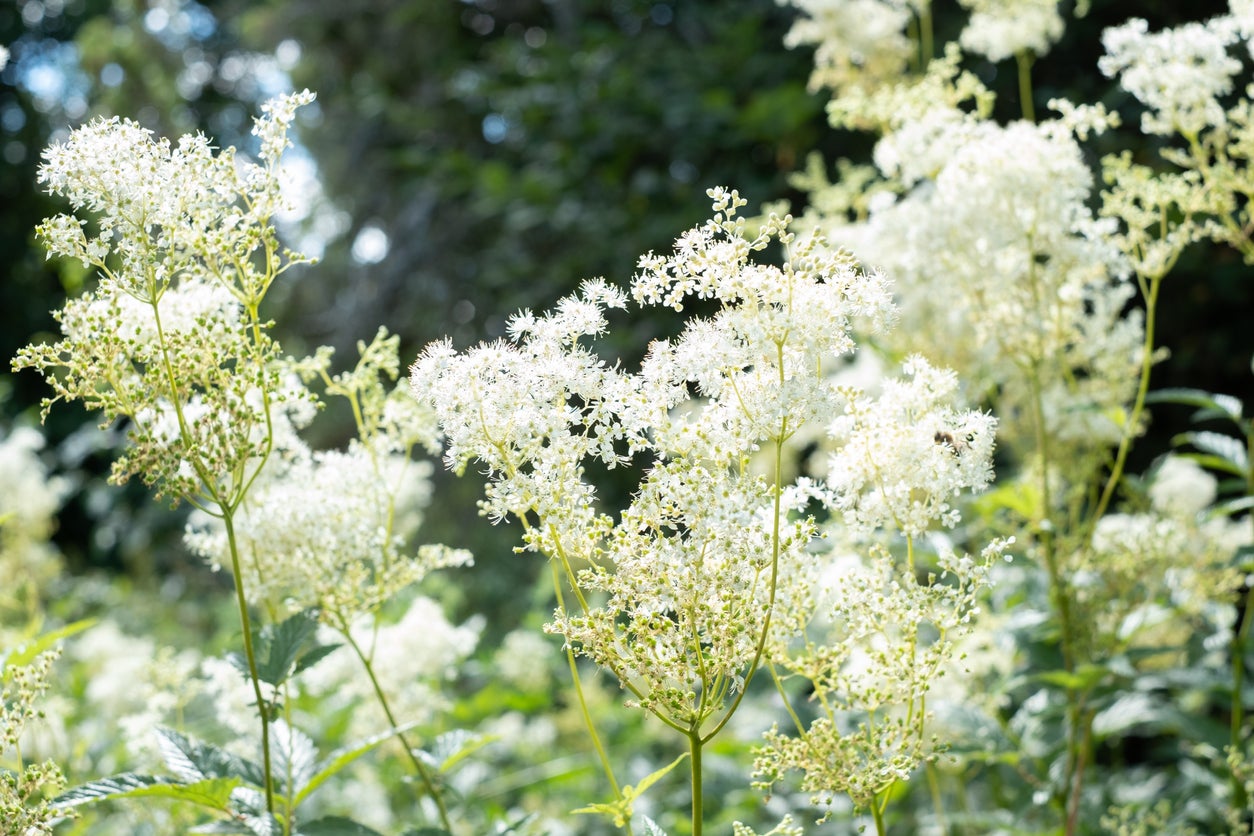
Meadowsweet can sweeten a lawn as well as a meadow, growing to 6 feet with plumes of fragrant lacy white flowers in early summer. Originally a European wildflower, this plant has naturalized in the U.S. and is considered invasive in some states, where it should be avoided. Elsewhere, it still can lend a sweetly bridal look to your rain garden “bouquet.”
Swamp milkweed (Asclepias incarnata)
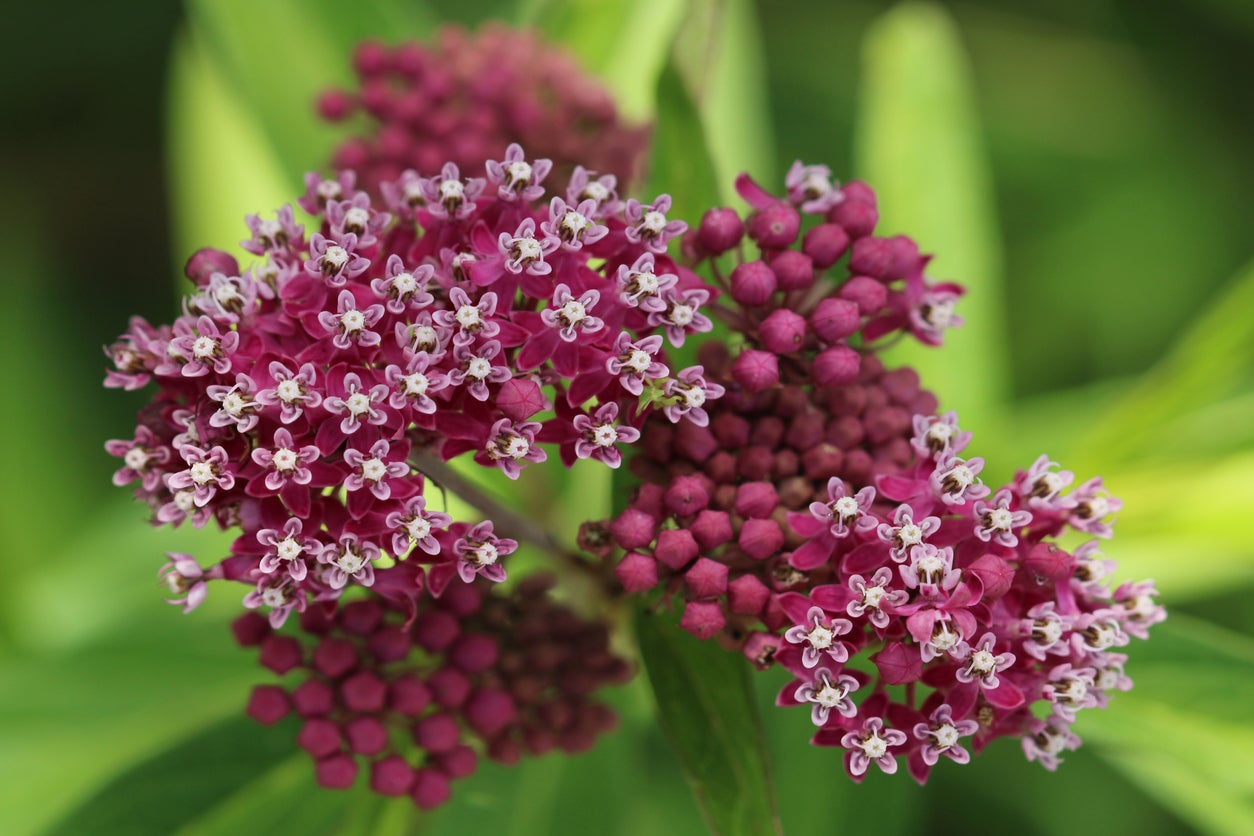
Growing to about 4 feet with clusters of fragrant pink flowers that appear in mid to late summer in USDA zones 3 to 6, this milkweed also is a food source for Monarch butterfly larvae. So you can show a little milk of human kindness by planting it for them and for your children who will like the fluff attached to the fly-away seeds as well. Keep in mind, though, that the plant’s white “blood” is toxic.
Swamp rose mallow (Hibiscus grandiflorus, lasiocarpos, laevis, or moscheutos)
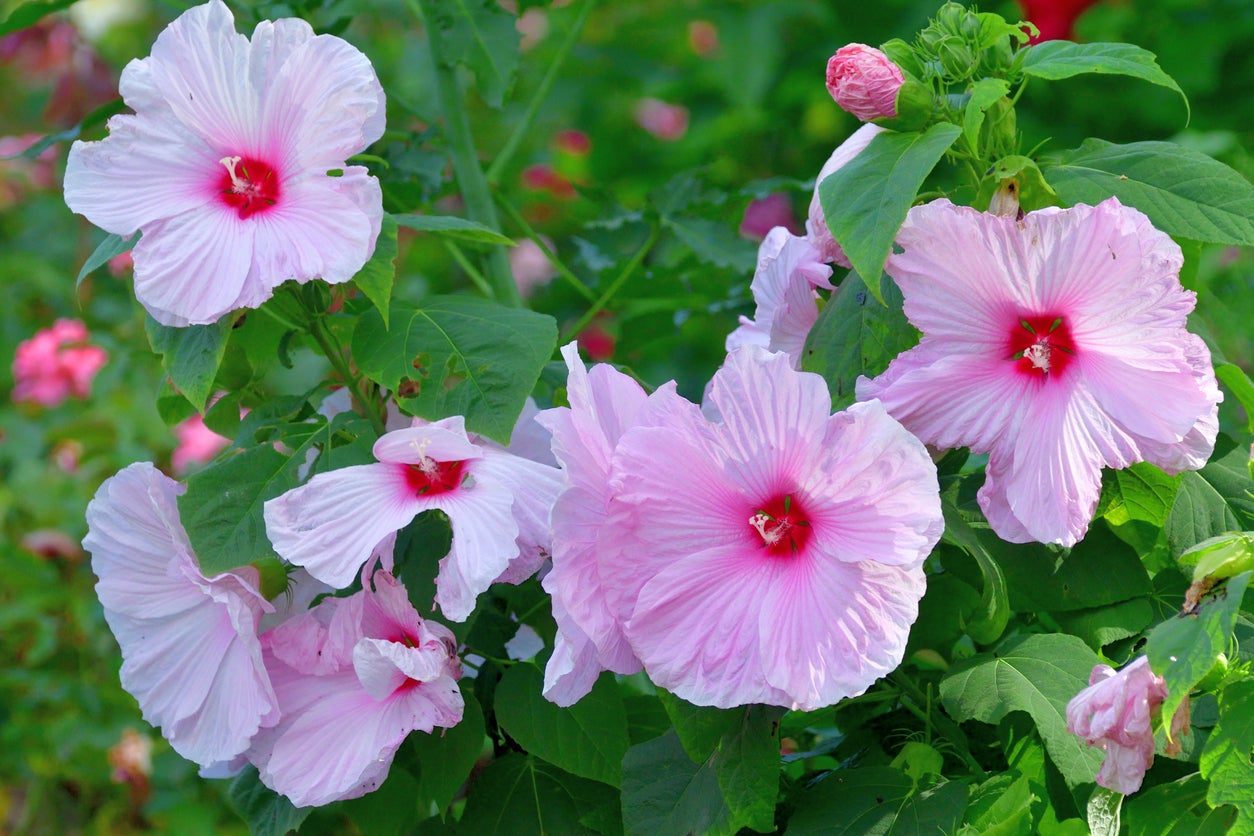
Among the showiest of swamp species, several members of the Hibiscus genus answer to this nickname, including grandiflorus (USDA zones 8b to 11a), lasiocarpos (USDA zones 5 to 9), laevis (USDA zones 4 through 9), and moscheutos (USDA zones 5 to 9). All grow to at least 6 feet high with maroon-centered pink blooms at least 6 inches across. In the North, the plants flower from midsummer through autumn, and as early as late spring in warmer climates. Grandiflorus has velvety leaves, while lasiocarpus leaves are hairy, laevis halberd-shaped, and moscheutos toothed.
Swamp sunflower (Helianthus angustifolius)
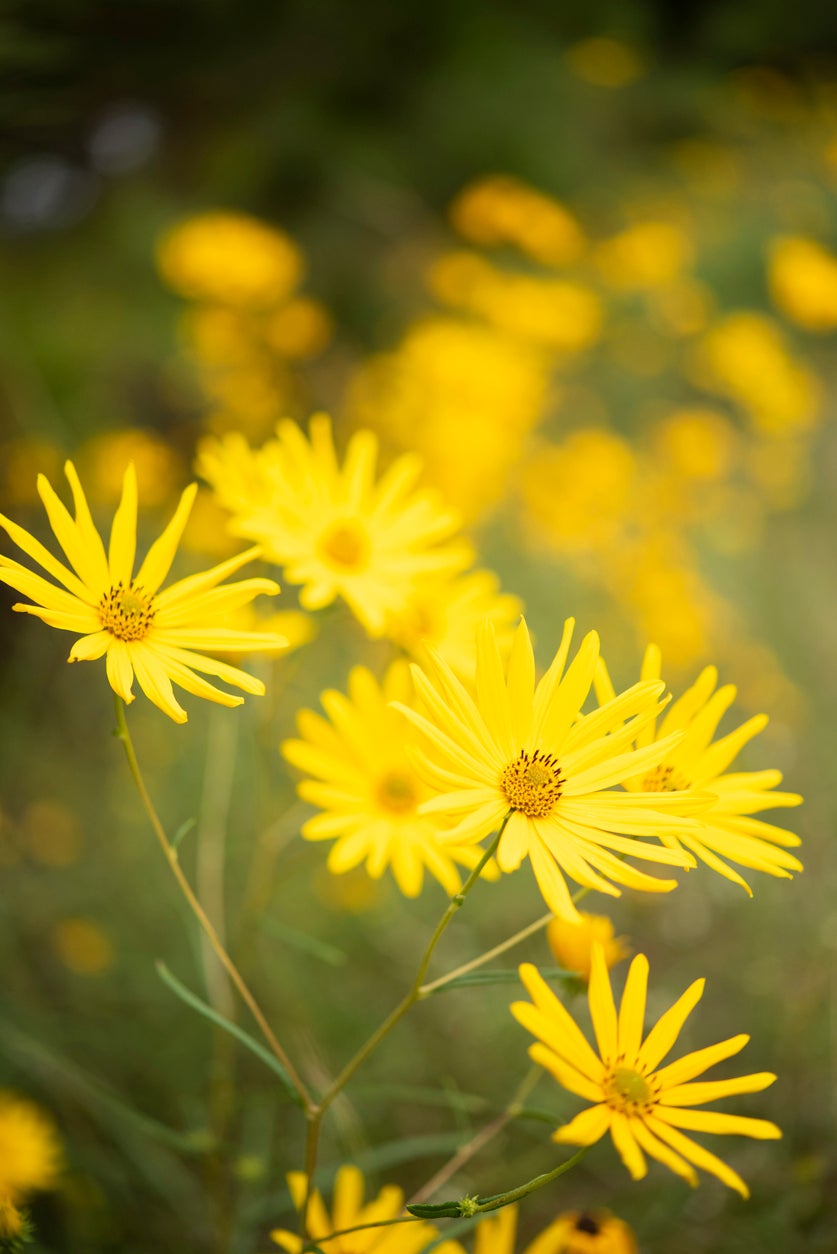
Growing to 8 feet in height in USDA zones 5 through 9, the swamp sunflower produces a plethora of 1- to 3-inch yellow blooms in mid-summer to autumn. Like the milkweed, this plant plays host to butterfly larvae, in its case those of the Silvery Checkerspot. Its seeds also are attractive to almost every bird under the sun.
Scarlet bee balm (Monarda didyma)

Bee balm grows to 4 feet tall in USDA zones 4 through 9 with minty foliage and mophead-like 3- to 4-inch red blooms that appear from mid to late summer. It can be balm to the spirit since its color attracts hummingbirds, several colorful moths whose larvae feed on it, and the bees featured in its name.

All You Need to Care for Your Lawn & Garden
Keeping your grass green and your plants thriving doesn’t just take a green thumb—it starts with the right tools and supplies.